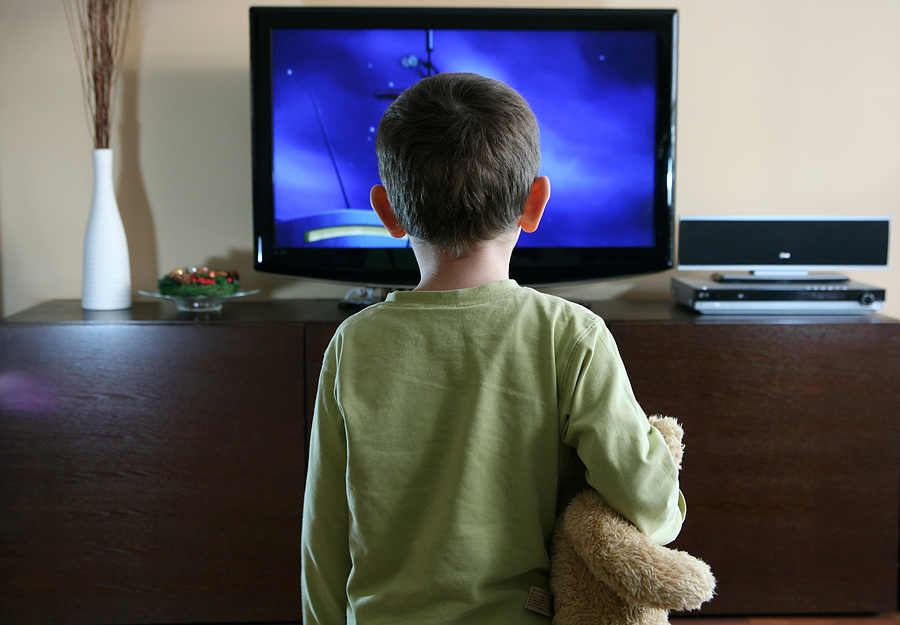TV has negative impact on parent-child communication
Press release from Wiley-Blackwell
TV found to have negative impact on parent-child communication and early literacy compared to books and toys
 Maternal responsiveness plays key role in child literacy and cognitive development
Maternal responsiveness plays key role in child literacy and cognitive development
Since the first television screens lit up our living rooms scientists have been studying its affect on young children. Now scientists in Ohio have compared mother-child communication while watching TV to reading books or playing with Toys to reveal the impact on children’s development. The results, published in Human Communication Research, show that watching TV can lead to less interaction between parents and children, with a detrimental impact on literacy and language skills.
The study, conducted by Amy Nathanson and Eric Rasmussen from Ohio State University, focused on ‘maternal responsiveness’ to reveal differences in the way mothers communicate with their children while engaged with books, toys, and TV.
“Maternal responsiveness describes the quality of responses that a mother provides to an infant when they interact,” said Nathanson. “When a mother and child are focusing on the same object, be that a book, toy or TV show, the mother’s response can have an important impact on their child’s understanding and self perception.”
By explaining and describing objects or new words and images, or by prompting conversation through questions, maternal responsiveness can help to engage a child with the activity. The parent can also provide positive feedback and encouragement to a child, or repeat what the child has said to help familiarize them with certain words or sights.
“Mothers who are responsive to their infant’s communication promote a positive self-perception for the child as well as fostering trust in the parent. Positive responses help the child learn that they can affect their environment,” said Nathanson. “However, if maternal responsiveness is absent, children learn that their environment is unpredictable and may become anxious, knowing that their bids for attention or help may be ignored.”
The authors explored the interactions of 73 mother–child pairs. The average mother was married, in their early thirties and had a bachelor’s degree, while half were not employed. The children ranged in age from 16 months to 6 years.
Pairs were randomly assigned to one of the three activities for ten minutes. A researcher then offered the pair all three activities and left them for a further twenty minutes. Parents were also asked to fill in questionnaires based on their child’s language development while interviews were held to discuss preschooler’s literacy levels.
The results demonstrated that who mothers co-read books communicated significantly more with their children than mothers watching TV. The amount of communication involved in reading was not significantly higher than playing with toys. However, the quality of maternal responsiveness was higher in books than toys.
The team found that when reading a book with their children parents used a more active communication style, bringing the child into contact with words they may not hear in every day speech, thereby improving their vocabulary and grammatical knowledge. In contrast watching TV resulted in significantly fewer descriptions and positive responses than mothers playing with toys.
“Reading books together increased the maternal communication beyond a level required for reading, while watching TV decreased maternal communication. This is significant when we consider the amount of time young children spend watching TV. In some cases children are left alone to watch TV, missing out on any parental communication at a critical stage in their development,” concluded Nathanson. “We would encourage parents to regularly substitute TV for other forms of entertainment to ensure frequent and positive interaction with their child.”






